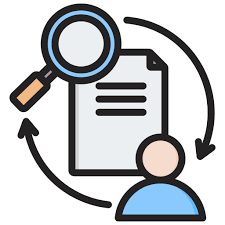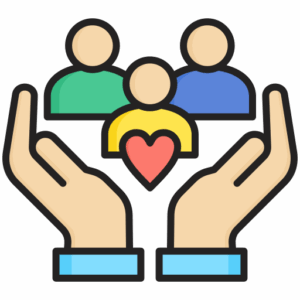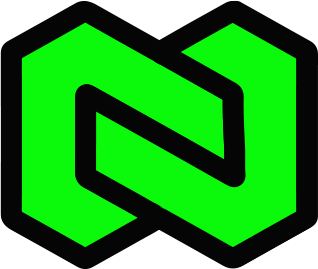Eventually, an AI tool makes a call that backfires (e.g, wrong candidate gets rejected, flagged transaction turns out clean). Ok so *who’s on the hook?*
Here’s how the hot potato usually gets passed around:
- Vendor: “It’s their system.”
IT: “We rolled it out; not our business outcome.” - Employee: “You clicked it; you own it.”
Each answer feels clean, but none of them are necessarily true. Vendors don’t know your operating model. IT doesn’t run the P&L. And employees can’t be accountable for a black-box call they can’t explain. That’s a clarity gap waiting to blow up.
Accountability lives where the outcomes live.If Sales is running an AI engine to qualify leads, Sales leadership owns the results. If HR uses AI for screening, HR leadership owns it. And when the stakes hit enterprise-level (e.g, bias, compliance, brand risk) oversight bodies like Legal and Compliance need to have a seat at the table.


However, that new kung fu is “Shared accountability”. Business units carry the outcomes; central governance keeps the guardrails; leadership keeps alignment so there’s no dead air when a bad call needs escalation.
The move isn’t asking “who owns AI decisions?” The move is designing an operating model where ownership is explicit, measurable, and practiced. That way, when the system screws up you already know who makes the call, how it escalates, and how you fix it without dragging execution through the mud.
So ask yourself: if an AI system in your org tanked tomorrow, would everyone know who steps in? If the answer’s fuzzy, that’s your next operating model project.
Download the AI Decision Rights Map
When AI backfires, the last thing you want is finger-pointing. This one-page template helps you make accountability explicit: business units own outcomes, governance sets the guardrails, and leadership owns alignment and escalation
